
The Greek physician Hippocrates, considered by many as the "father of Western medicine", once said, "Let thy food be thy medicine and thy medicine be thy food." Certain foods are considered functional foods, that is, they contain healing properties above and beyond basic nutritional value. Foods can stimulate immune function, increasing resistance to infection, and inhibit the action of pathogenic microorganisms.
Fruits and Vegetables
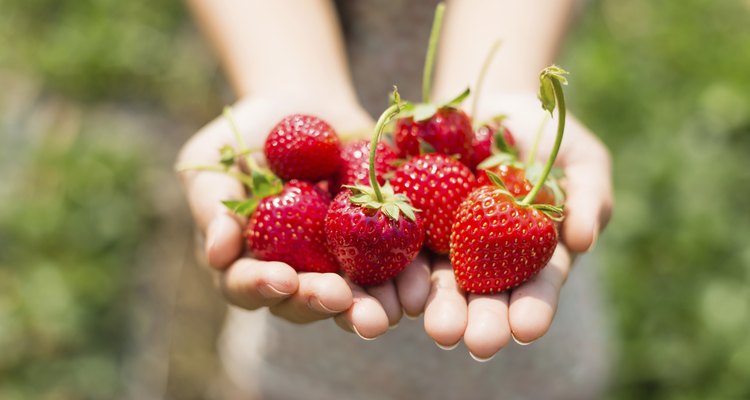
moggara12/iStock/Getty Images
Fruits and vegetables are rich in vitamin C, a water-soluble nutrient essential for warding off infections. Vitamin C helps to strengthen the immune system and increase resistance to infection. The best food sources of vitamin C include strawberries, pineapples, kiwi, citrus fruits, cantaloupe, watermelon, broccoli, cabbage, kale and cauliflower. According to the book "Healing Foods", lime juice is a natural antibiotic, and demonstrates effectiveness against the development of cholera, a bacterial disease in the intestine.
Garlic and Allium Compounds
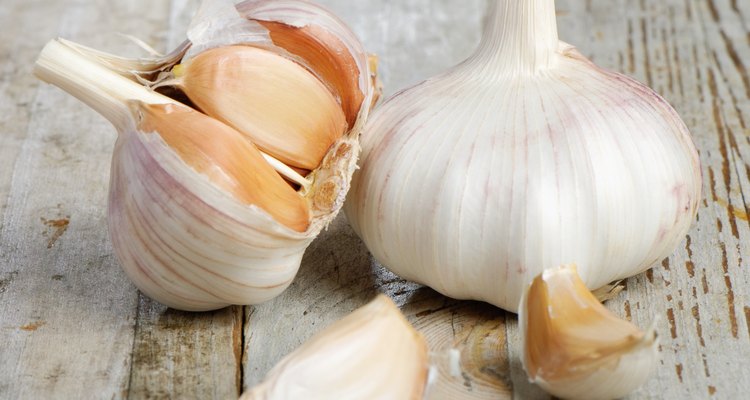
Tatjana Baibakova/iStock/Getty Images
Garlic is renowned for the compound allicin, which exerts antibacterial and antifungal effects. According to a study by D.C.J. Maidment, published in a 1999 issue of "Nutrition and Food Science", increased garlic concentration reduced bacterial numbers of the microorganisms escherichia coli and staphylococcus albus. However, it is worthy to note that the antibacterial effect of garlic lessened after a 30-minute exposure to heat. In addition to garlic, members of the Allium genus have shown antibiotic effects. These include onions, leeks, shallots and chives.
Horseradish
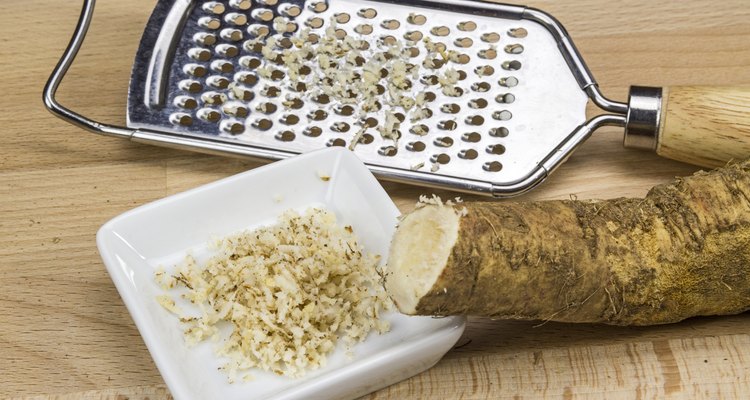
Torring/iStock/Getty Images
According to the book "Healing Foods", horseradish helps protect against food-borne illness. The pungent chemical allyl isothiocyanate, formed when horseradish is cut, is the active constituent responsible for the stated antibacterial effects.
Coconut Oil

joanna wnuk/iStock/Getty Images
Nutritionist and biochemist Dr. Mary G. Enig, PhD, states that the medium-chain fatty acids found in coconut oil have antibacterial, antiviral and antiprotozoal effects. According to the book "Healing Foods", the medium-chain fatty acids in coconut oil, especially lauric acid, help destroy pathogens by dissolving the lipids and phospholipids in the fatty envelope surrounding them, resulting in disintegration. The only other abundant source of lauric acid is human breast milk.
Oil of Oregano
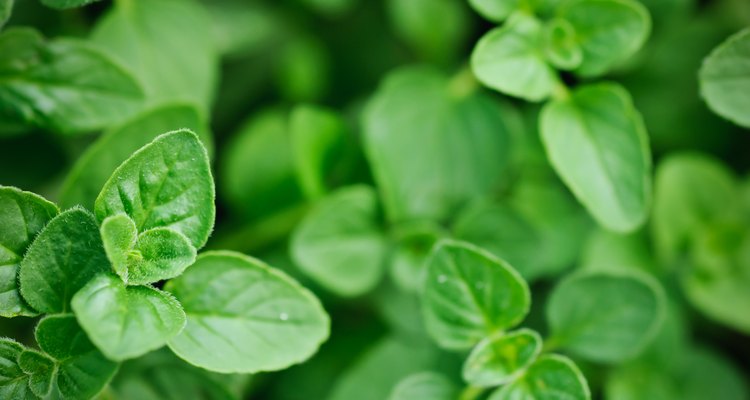
Cameron Whitman/iStock/Getty Images
Oil of oregano shows antibacterial and antifungal effects. According to "Healing Foods", the active ingredients thymol and carvacrol in oil of oregano are shown to inhibit the growth of two bacteria often associated with skin infections: pseudomonas aeruginosa and staphylococcus aureus.
Cinnamon and Honey
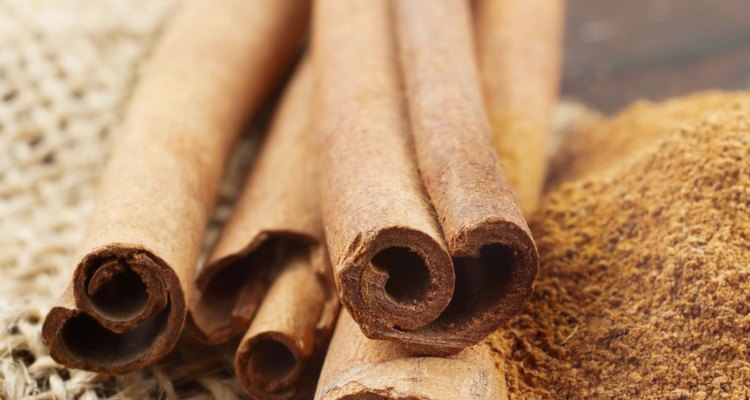
Natallia Khlapushyna/iStock/Getty Images
Cinnamon is a good antifungal and antibacterial agent. According to the book "Alternative Medicine: The Definitive Guide", the healing properties of cinnamon are from the essential oils found in its bark. Combine cinnamon and honey for a well-rounded antibiotic effect. Dr. Nizar Haddad, director of the Bee Research Unit at the National Center for Agricultural Research and Technology Transfer in Jordan, says that honey has been used for over 2,000 years to suppress the growth of bacteria and fungus. It is active against at least 60 strains of bacteria, including gram-positive and gram-negative bacteria.
Probiotics

Goodluz/iStock/Getty Images
Probiotics, which include lactobacillus acidophilus and bifidobacteria, have an indirect antiobiotic effect. They help increase the number of good bacteria in the gastrointestinal tract, which in turn, helps fight against invasive microorganisms. According to the book "Healing Foods", bifidobacteria are the primary organisms found in mothers' milk and are effective inhibitors against many disease-causing organisms.
Related Articles

Basil for Hair Growth

What Foods Provide Calcium D-Glucarate?

What Are the Health Benefits of Pico De ...

Can Herbs Flush Cellulite?

The Use of Neem Juice in Skin Care as ...
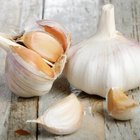
How to Get Rid of Garlic Body Odor
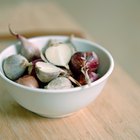
Which Foods Help You Get Toxic Waste ...
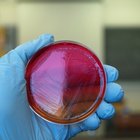
Uses of Saltpeter in Food
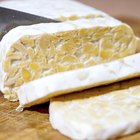
Foods High in Probiotics & Electrolytes

L-Lysine for Hair Growth
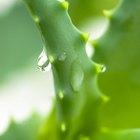
Aloe Ferox Benefits

Natural Ways to Get Rid of Scabies

Essential Enzymes for Hair Growth
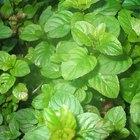
Is Peppermint Oil Good for Skin Care?
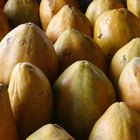
List of Foods That Are Commonly ...

What Is Aloe Good For?

Food Sources of Phosphatidylcholine

Ingredients in StriVectin SD

Food Sources of Betaine

Anise Seed Cautions and Side Effects
References
- Alternative Medicine: The Definitive Guide; Larry Trivieri and John W. Anderson
- Al-Rai: What Does Scientific Research Say About the Medicinal Uses of Bee Honey; Nizar Haddad
- Healing Foods; Michael Murray
- Nutrition and Food Science: A Study into the Antibiotic Effect of Garlic Allium Sativum on Escherichia Coli and Staphylococcus Albus; D.C.J. Maidment
Resources
- The New Optimum Nutrition Bible; Patrick Holford
Writer Bio
Reem H. Ibrahim is a nutrition consultant, pharmacist and prospective holistic health care practitioner with an extensive professional and educational background in the pharmaceuticals and health care sector. She earned her M.B.A. degree in 2008 and has published works for the IFRC Health and Care Forum, the Geneva Health care Forum, and Near East Media Publications.
Photo Credits
Lime image by Azazirov from Fotolia.com